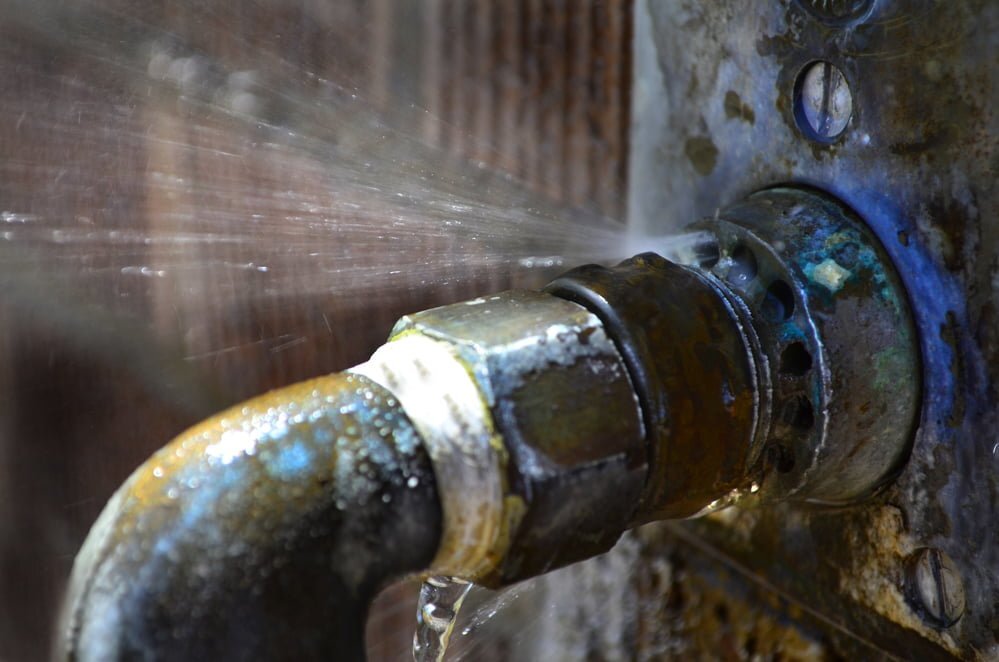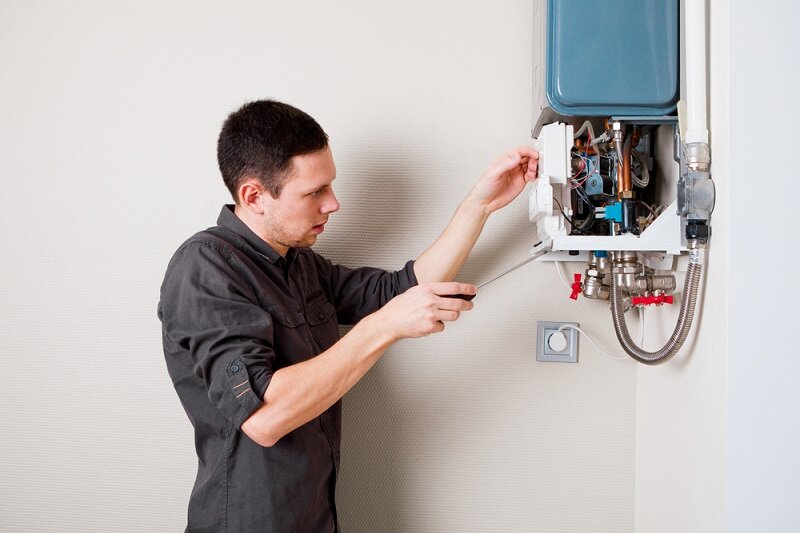How to Clean Your HVAC System After a Renovation
RH Business Marketing Solutions
Finally, you’re finished with your renovations. You’re ready to enjoy the sense of relief that follows when you finish a project that has taken months.
Once a renovation wraps up, you’re left with a home that’s completely transformed, perhaps an expensive series of invoices, and a lot of dust. But when it’s time to clean up, you’ll be surprised at all the places you’ll find dust—places you didn’t even know existed in your home are covered in a thick film of it.
In addition, you may have noticed that the performance of your HVAC system has declined since you finished up your remodel. We’re here to tell you that these two events are probably related.
If your HVAC unit is dusty, then the air in your home will be dustier, too. Here’s why you should clean your heating and cooling system after renovating, and how to do it:
The Health Hazards of Construction Debris
If you’ve done some of the renovating yourself, you might feel exhausted—do you really need to start cleaning already?
Waiting to clean your home after renovations isn’t worth it.
There’s a reason why contractors wear filtering masks when they’re working. Exposure to dusty air can lead to sneezing, coughing, and irritation of the eyes and throat. Dust mites can trigger allergic reactions for those with asthma and sensitivities.
Thankfully, these issues can be remedied simply by cleaning your HVAC system.
Schedule Regular Maintenance
Whatever is causing issues within your HVAC system may not be immediately obvious. This is why we can’t overstate the importance of maintenance for your HVAC system. Even though it’s another bill to pay, think about the higher cost of repairing or replacing your unit if an issue goes undetected.
When it comes to HVAC maintenance, the philosophy is this: pay now, save later. Scheduling regular tune-ups can save you money in the long run—and it’ll ensure that your indoor air is of higher quality.
Get the Ducts Cleaned
If the airflow is restricted, it poses several problems:
The system has to work harder. This causes excessive strain to the components, which may lead to needing a repair.
The air quality is reduced. The dust and debris that’s in your vents will circulate throughout your home.
Your energy bills will increase. As your HVAC system draws more power to combat the restricted airflow, you’ll notice an increase in your monthly utility bills. Wasted energy is expensive!
The performance is worse. It’s hard to enjoy your renovations when the temperature of your home is far from ideal. Don’t compromise your comfort for an inefficient HVAC system.
Cleaning your ducts can address all of these issues at once.
Change the Filters
You’ve cleaned your ducts and vents, but the air in your home still smells dusty. What's going on?
The owner of Classic Air Conditioning and Heating says, “Too many homeowners forget to change their HVAC filters, and then wonder why their houses are covered in dust!”
According to EnergyStar, you should change your filters every 3 months. But following a renovation, switch them out right away. The buildup of sawdust, hair, and other particles isn’t doing you any favors!
Clean the Air Conditioner Coils
One area you may not expect to find construction debris is in your air conditioner coils, which are located in the condenser that’s outside your home.
Just like a dirty filter or restricted ductwork, dusty AC coils will affect the performance of your unit. If debris is lodged between the fins and the unit, it won’t be able to get rid of the heat from your indoor air. This diminishes the efficiency of your system and lowers the comfort levels in your home.
Leave it to an Expert
After paying for a home renovation, the last thing you want to deal with is another bill! It might seem tempting to try cleaning your HVAC system yourself, but we advise against it. Doing so may cause further damage to the unit.
DIY work can backfire, especially if you’re inexperienced with HVAC systems. Call a professional technician instead!
Once your renovations are complete, you might be tempted to kick back and put your feet up. Finally, you’re done dealing with contractors, unexpected issues, and living in chaos!
But it’s hard to get comfortable when your furnace or air conditioner isn’t working properly. Restore its functionality by calling a professional to clean the unit and ducts. Doing so will improve your indoor air quality and extend the lifespan of your HVAC system.
Guest Contributor: Christie Simon














